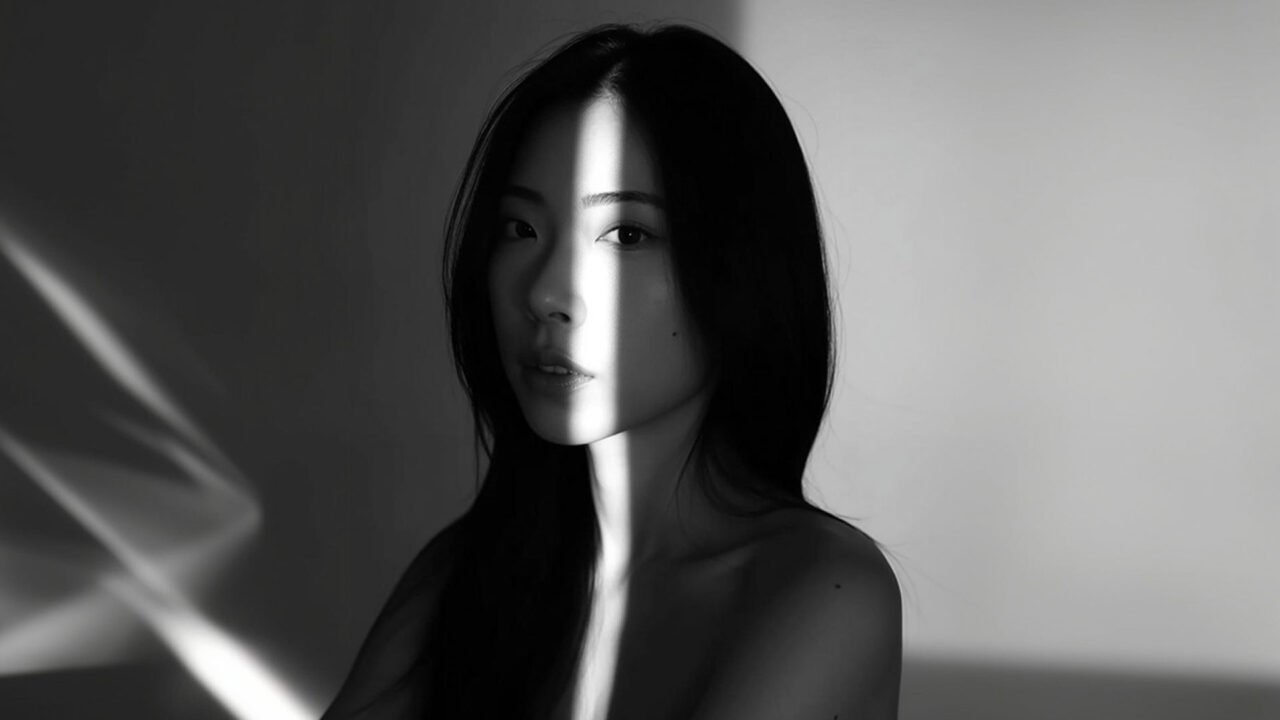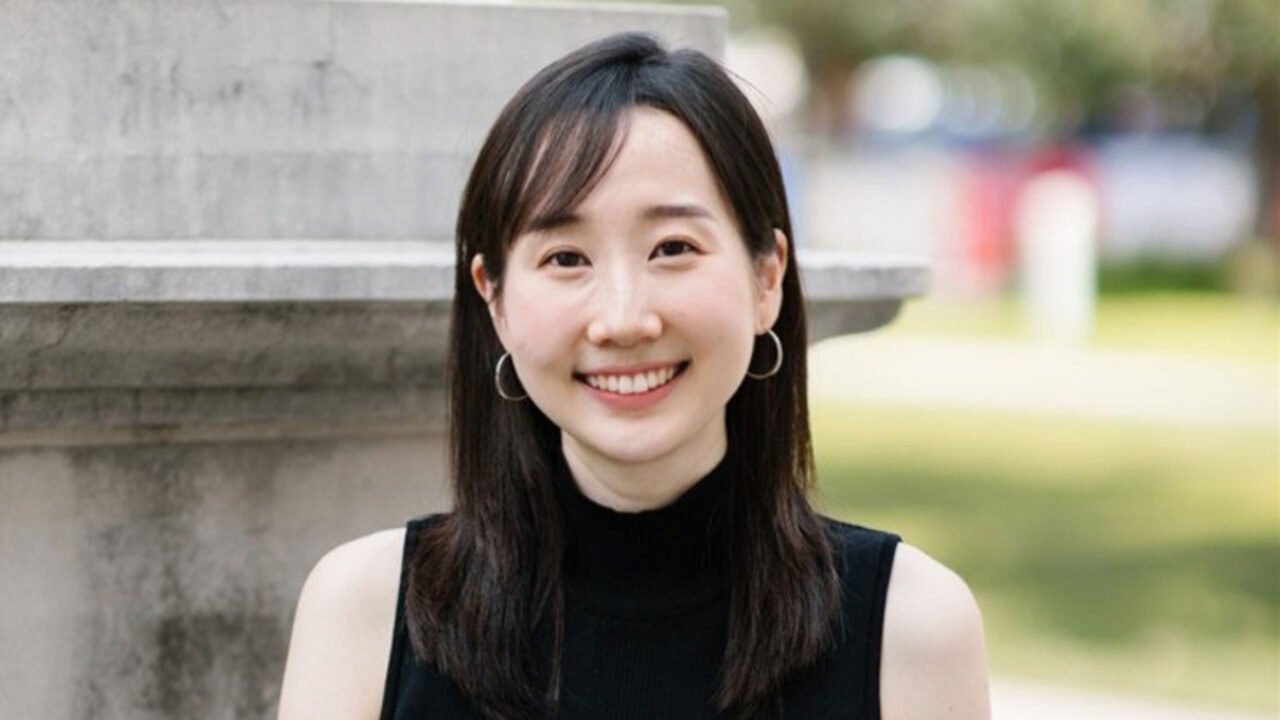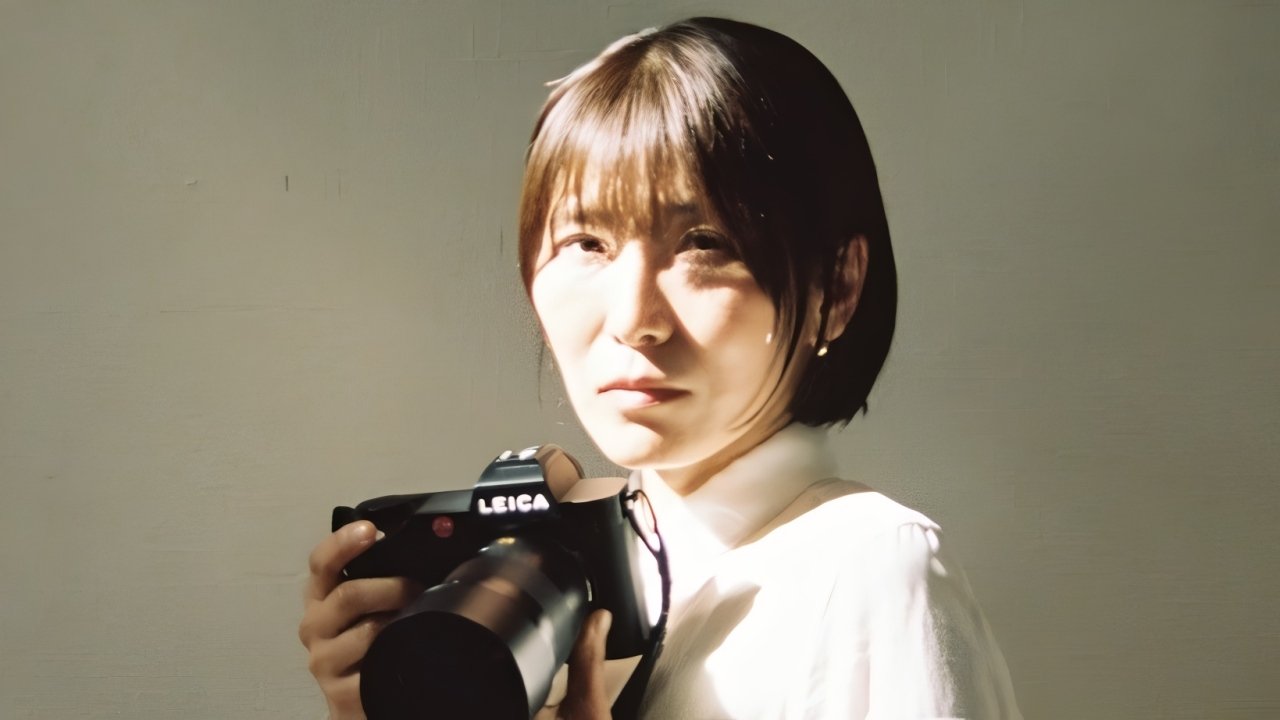1Congratulations on winning in the London Photography Awards! Can you share a little about yourself, what inspired you to pursue photography, and how has your journey evolved since your first shot?
Thank you so much! I’m a Brazilian photographer focused on wildlife and landscapes, especially in remote regions like the Pantanal and Patagonia. I started photography as a personal quest to reconnect with nature, and over time, it became my life’s purpose. My first image was of a heron standing silently at sunrise in the wetlands — not perfect, but powerful. From that moment on, I’ve committed to telling nature’s stories through my lens.
2Can you share the story or inspiration behind your award-winning piece? How does winning this award make you feel about your journey in photography?
The winning images were captured during an expedition to the Northern Pantanal in 2024.
“Survival” shows a young jaguar swimming across the river with confidence — a symbol of resilience and adaptation in a wild world.
“Majesty of the Pantanal” is a black and white portrait that highlights the power and elegance of this iconic predator.
Winning this award is a profound honour. It validates years of patience in the field and strengthens my belief that art can be a voice for conservation.
3How do you decide which photo to submit for a competition?
I look for images that carry emotion and narrative — not just technical excellence. I ask myself: does this photograph make someone stop, feel, reflect? If the answer is yes, then it’s worth sharing.
4What first made you pick up a camera?
A need to preserve the beauty I saw while travelling — especially natural moments that felt ephemeral. The camera became a way to hold on to them and share that feeling with others.
5What’s your favorite type of photography, and why do you love it?
Wildlife photography. There’s something sacred about observing an animal in its habitat, undisturbed. Every encounter is unique, unpredictable, and filled with meaning.
6What’s your go-to camera setup, and why does it work best for your projects? What’s your favorite feature?
My main setup is the Canon EOS R5 paired with the RF 100-500mm lens. It offers exceptional detail and range — ideal for wildlife. I also use the RF 15-35mm and RF 24-70mm for landscapes, and a DJI Mavic 3 Pro drone for aerials. The silent shutter and fast autofocus of the R5 are game changers in the wild.
7If someone looked at your work, what’s the one thing you’d want them to feel?
Awe — and connection. I hope they feel the same sense of wonder I felt when I pressed the shutter. And perhaps, a deeper respect for the natural world.
8What was the most challenging part of capturing your winning shot?
Waiting. Wildlife photography demands silence, time, and intuition. For “Survival,” I had to anticipate the jaguar’s movements and be completely still for hours — all under intense heat and humidity.
9Is there a specific place or subject that inspires you the most?
The Pantanal. Its biodiversity is astounding, and the bond between land, water, and wildlife is unlike anywhere else. Jaguars, in particular, inspire me endlessly.
10Who or what has been your biggest influence in photography?
Sebastião Salgado — for his visual storytelling and deep commitment to environmental and social issues. Also, the silence of nature itself has shaped the way I see and frame the world.
11What message would you share to inspire photographers to participate in photography awards, and what advice would you give to help them excel in the competition?
Believe in your vision and share it with the world. Photography awards are not only about winning — they are platforms to connect, learn, and grow. My advice: tell stories, not just images. Emotion always wins over perfection.
12What’s one piece of advice for someone just starting in photography?
Be patient. Take time to observe before you shoot. Master light, respect your subject, and always photograph with intention.
13What role do editing and post-processing play in your creative workflow?
Editing is where I refine the emotion and the atmosphere of a scene — never to alter reality, but to enhance its truth. I work with calibrated monitors and fine-tune colours to ensure what’s printed reflects what I experienced.
14How do you see technology, like AI, influencing the future of photography and your own approach?
AI will certainly transform workflows and efficiency, especially in organisation and editing. But I believe the soul of a photograph will always depend on the human eye, emotion, and intention. For me, AI is a tool — not a substitute for presence in the field.
15If you could photograph anything or anyone in the world, what would it be?
I’d love to photograph snow leopards in the Himalayas — a dream that combines extreme environment, mystery, and pure wilderness.









